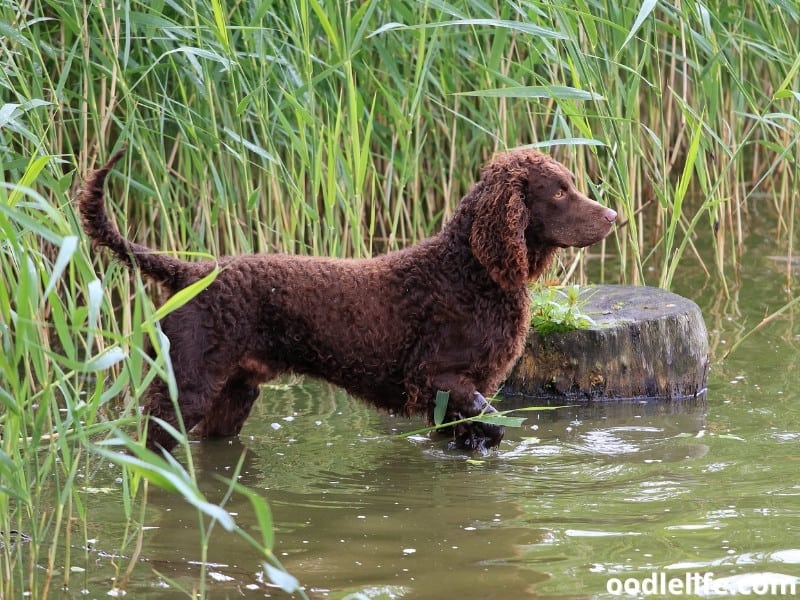In the world of dogs, there’s a delightful array of breeds, each with unique characteristics, personalities, and appearances. However, some breeds share striking similarities, which often leads to confusion among dog owners and enthusiasts. That’s why, in this post, we’ll explore some of these dog breeds that look alike—so you can tell them apart and appreciate what makes each one special.
1. Russian Toy vs. Miniature Pinscher
At first glance, these two small breeds can be easy to mix up. Both are compact with sleek bodies and similar coat colors. However, their differences become clearer upon closer inspection.
Key differences:
- Russian Toy: Larger ears, more delicate frame, more clingy and people-oriented
- Miniature Pinscher: Robust build, confident “King of the Toys” attitude, higher prey drive
2. Labrador Retriever vs. Flat-Coated Retriever
These retrievers may share a friendly disposition and comparable build. Nonetheless, they are quite different once you look at the details.
Key differences:
- Labrador Retriever: Stocky body, shorter snout, thick tail, calm yet athletic
- Flat-Coated Retriever: Leaner silhouette, feathery coat, eternally playful spirit
3. Siberian Husky vs. Alaskan Malamute
Both breeds are northern working dogs with wolf-like features. Still, there are notable distinctions.
Key differences:
- Siberian Husky: More slender, friendly expression, blue or multicolored eyes, thrives on activity
- Alaskan Malamute: Larger, powerful build, brown eyes, independent but loyal
4. Pug vs. French Bulldog
These compact, flat-faced dogs are adored by many. Yet, despite their similar size and sounds, they’re not the same.
Key differences:
- Pug: Rounder face, mischievous personality, thrives on routine
- French Bulldog: Square-shaped head, loyal and calm, better with solo downtime
5. Cocker Spaniel vs. American Water Spaniel

These spaniels both have floppy ears and wavy coats. Even so, their build and temperament vary.
Key differences:
- Cocker Spaniel: Refined, gentle, more emotionally sensitive
- American Water Spaniel: Rugged, adventurous, more independent
6. Dachshund vs. Basenji
While these two breeds aren’t often compared, their body proportions and posture can be misleading. Therefore, it’s important to know how they differ.
Key differences:
- Dachshund: Long body, very vocal, thrives on human companionship
- Basenji: Curled tail, athletic, aloof with strangers but loyal to family
Choosing the Right Dog for You
Understanding the subtle differences between breeds can help you make informed decisions when choosing a furry companion. After all, every breed has its own personality, behavior traits, and care needs.
Whether you’re drawn to the spirited Miniature Pinscher or the affectionate French Bulldog, recognizing their individuality enhances the bond you share.

Find Your Perfect Match
Think any of these breeds might be your match?
👉 Download Hands2Paws and discover your perfect dog breed matches today!
A Final Word of Advice
🚫 Never purchase a puppy online or from a pet store.
Instead, adopt from reputable breeders or consider rescuing to give a dog a second chance.